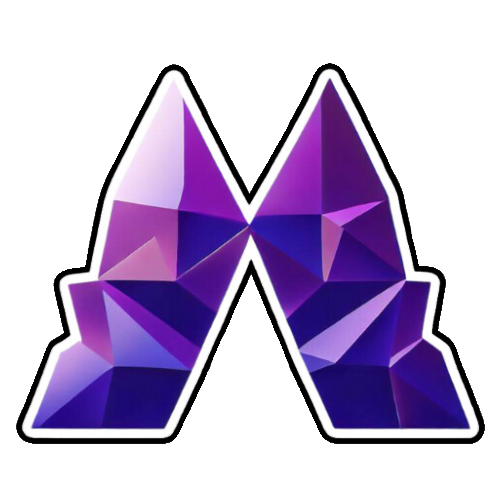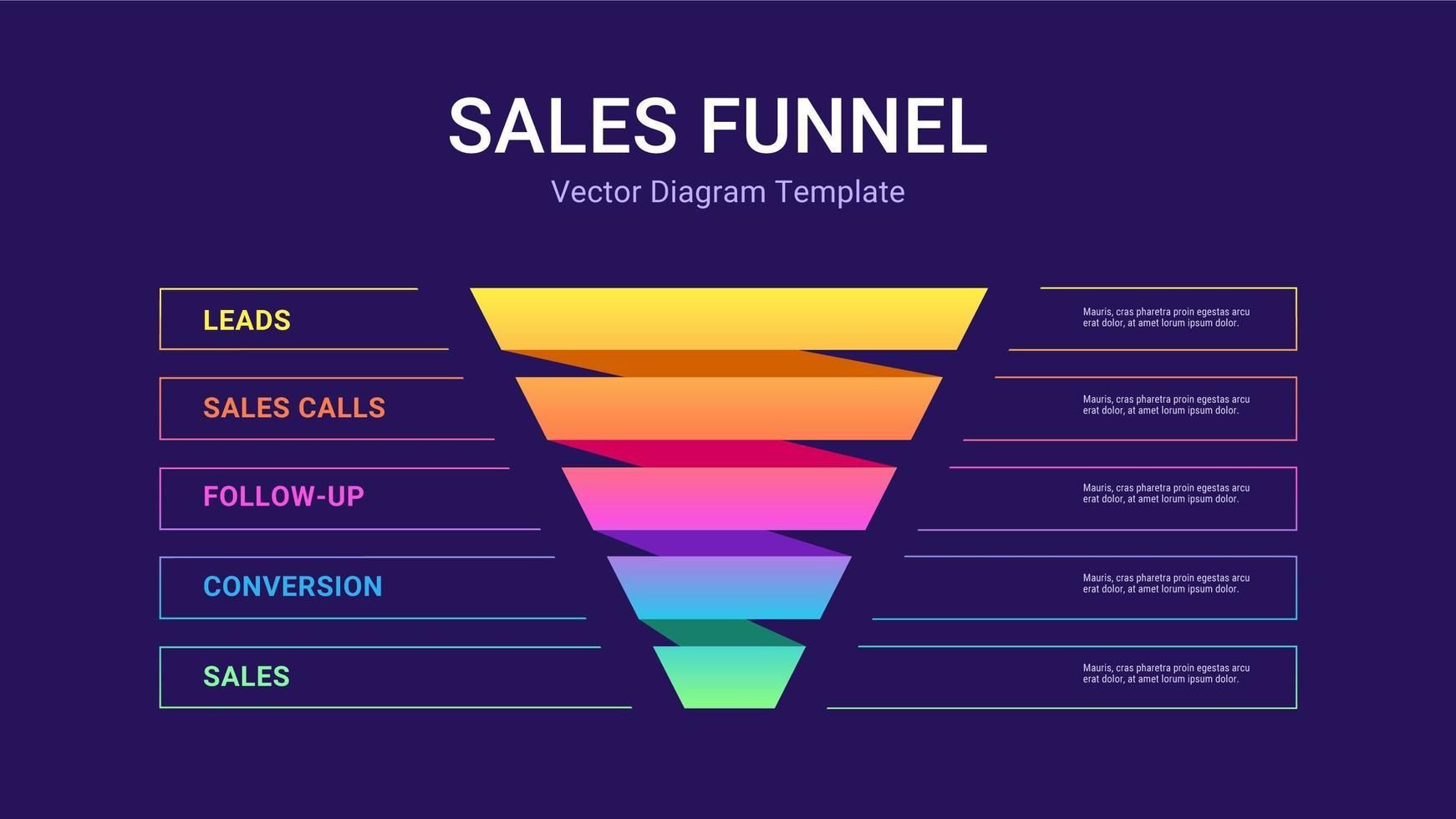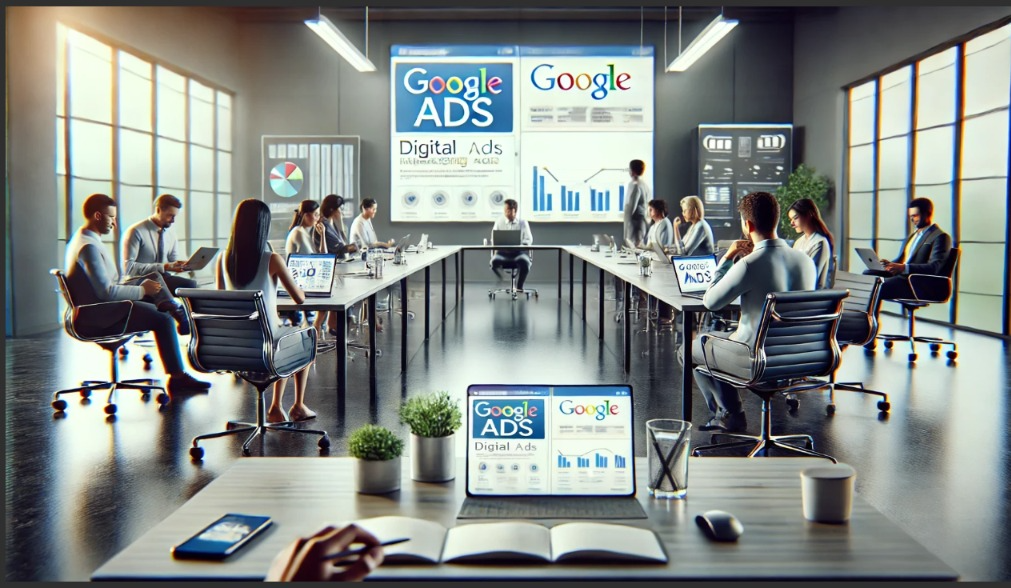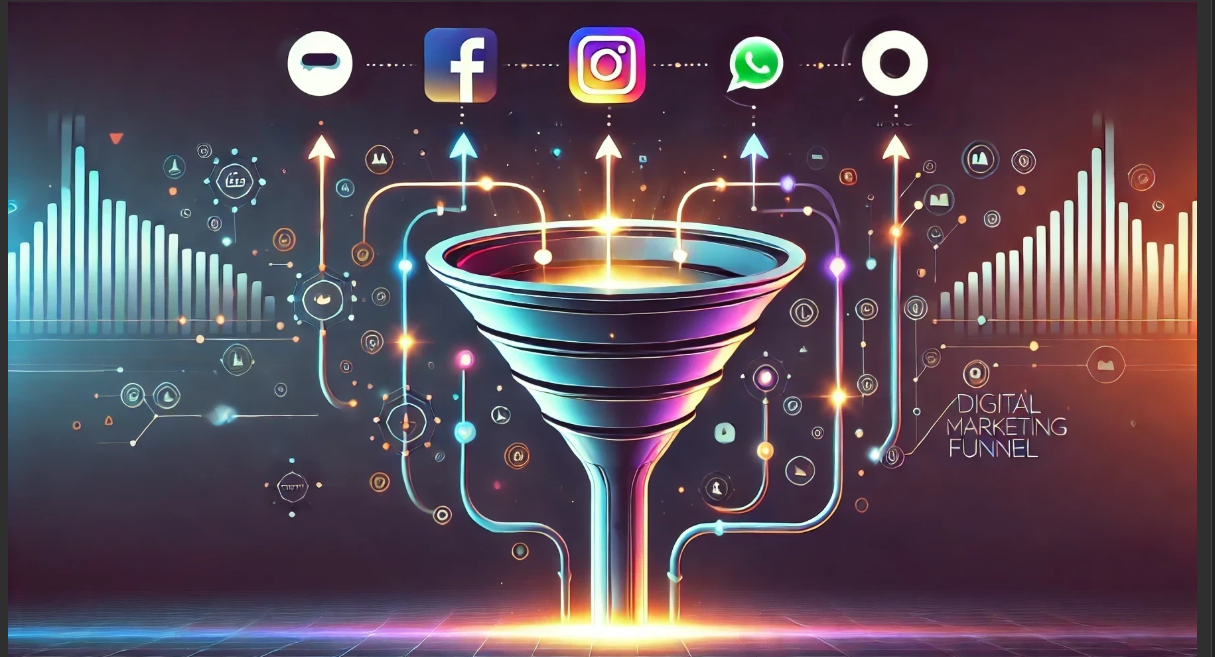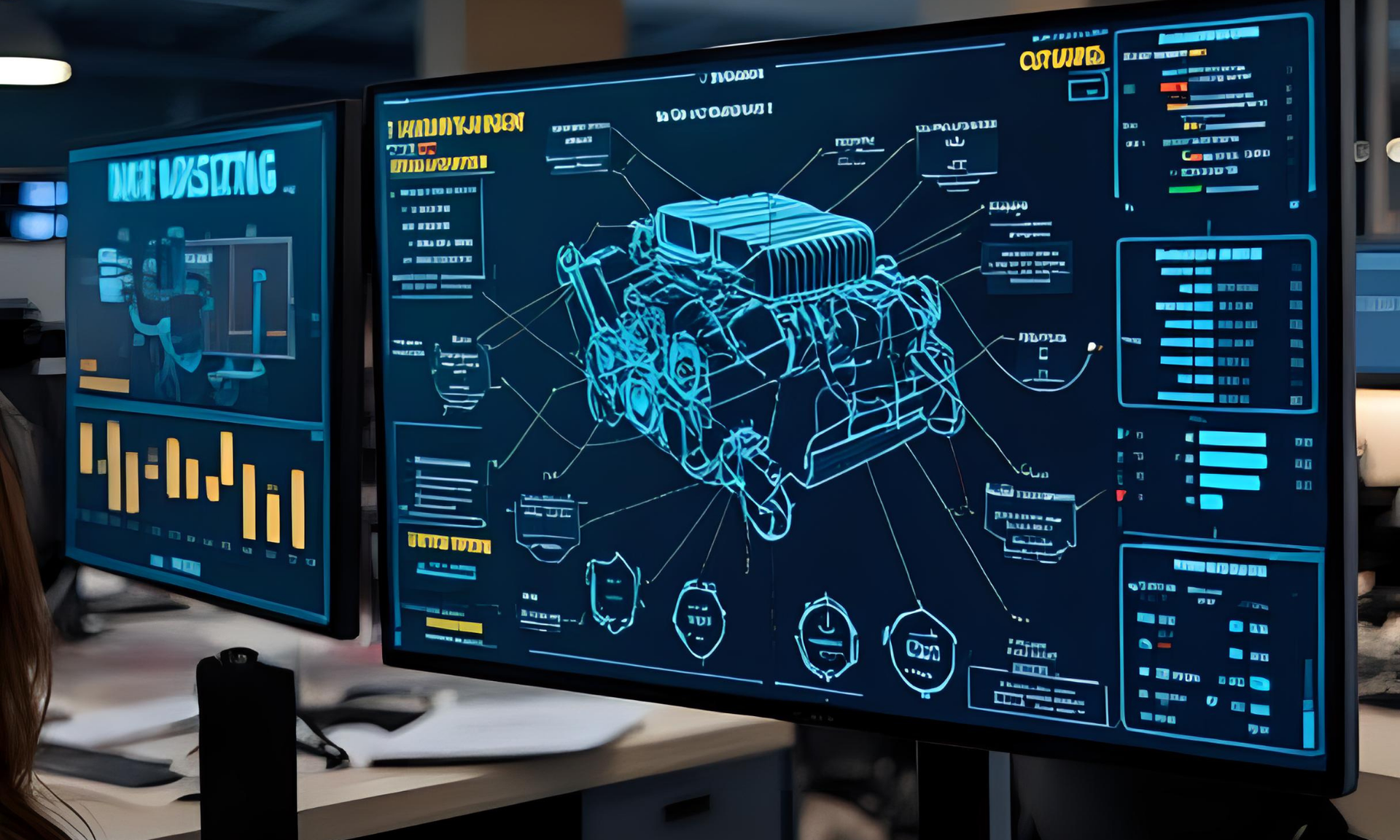What is an NFT: Explaining Non-Fungible Tokens
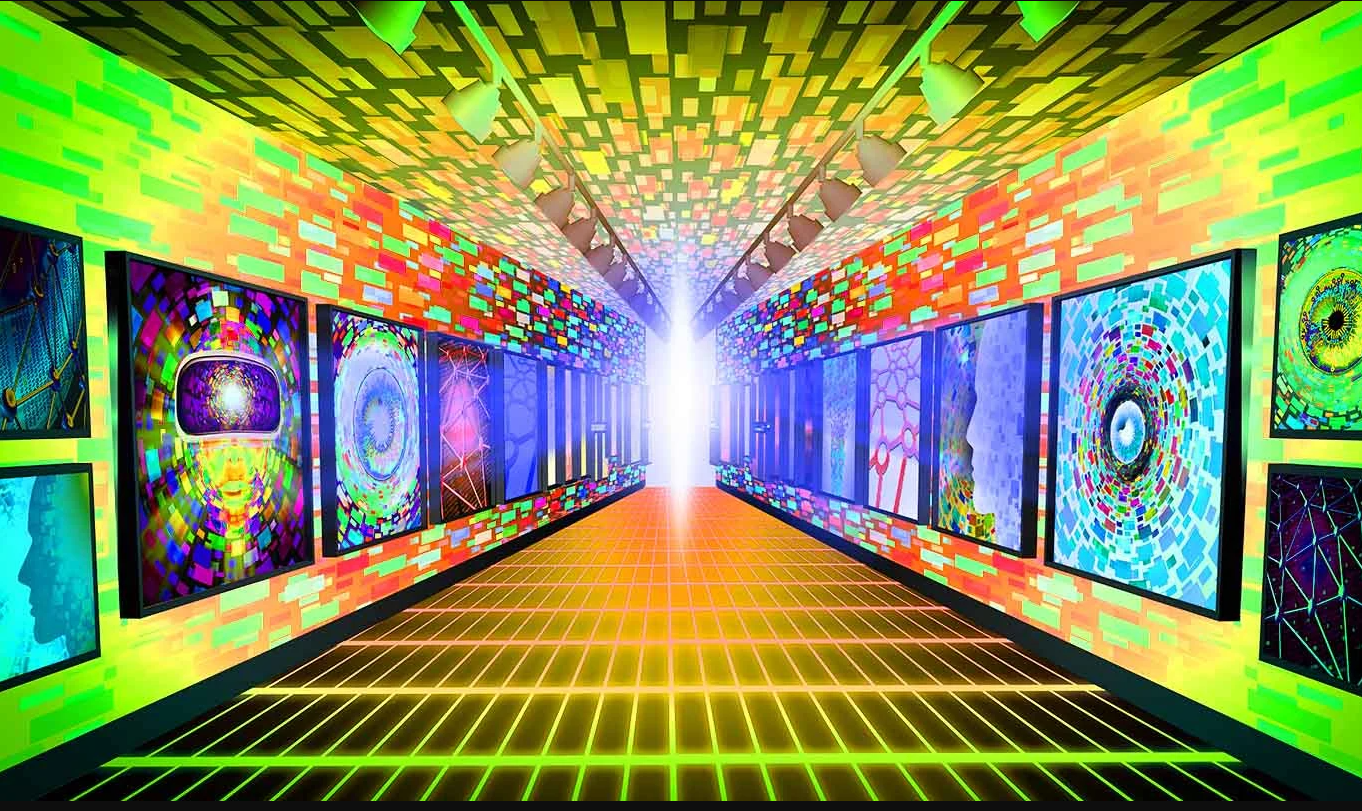
What Are NFTs (Non-Fungible Tokens)
This question has been asked a lot lately, as the popularity of NFTs have exploded in the past year.
In this article, we will breakdown in exactly what an NFT is, so you can leave our website never having to wonder what it is ever again once and for all.
So much so, you can brag to your friends about it. Although, we don't recommend talking about NFTs at a party, we do encourage you to join our Discord and chat about it all you want in our #NFT Discussion.
In Short,
- A Non-Fungible Token (NFT) is a digital asset uploaded to the internet.
- The "Token" in NFT is what gives the digital asset it's associated value.
- The "Non-Fungible" represents the unique ownership of the digital asset it's associated with.
Non-Fungible is a term described as "unique and can't be replaced."
These Non-Fungible Tokens (NFTs) are used to represent these unique digital items, which are registered (minted) onto the blockchain.
A blockchain is a protocol that is built on the World Wide Web. Blockchains are decentralized, public digital ledgers used to record transactions across a decentralized network.
That gives users the ability to associate a token of ownership to digital items that they upload. "Tokens" of ownership are associated by unique hash codes to the digital item.
This token is what allows for the digital asset to be traded on NFT exchanges for cryptocurrencies. The supply and demand of the NFT collection gives an associated value to the "token" (NFT) listed.
In this blog post,
We are going to breakdown exactly what a Non-Fungible Token is and what they are used for.
As well as how they are being used to create new types of digital experiences for consumers on the internet and in the physical realm.
The Purpose of NFTs
Before we understand what a NFT is, we have to understand where an NFT goes.
NFTs are digital assets, that are uploaded to the blockchain. The blockchain is a technology build on our internet that has dawned a new Web3 era.
Uploading a Non-Fungible token to the internet is more commonly referred to as “minting” on the blockchain. Blockchains include Ethereum, Polygon, Cardano, etc.
A Non-Fungible Token acts as a receipt for goods purchased on the blockchain. This receipt certifies that the buyer has ownership of the digital item (NFT).
The difference between Web3 and the former internet
- You now own assets in your name in digital format
- These assets can be sold at fixed prices
- These assets provide real-world and metaverse utility
Further Breakdown of the difference between Web1, Web2 and Web3.
In hindsight, it actually is much more complex than this explanation provides.
The websites used in examples such as Myspace and Facebook, had started in Web1 and gradually moved into Web2, when users were able to upload their own content to their social profiles.
However the fundamental difference between Web1, Web2 and Web3 are detailed very concisely. To put it simply, the differences are in the ways you receive, download, upload, and now own the content upload to the internet.
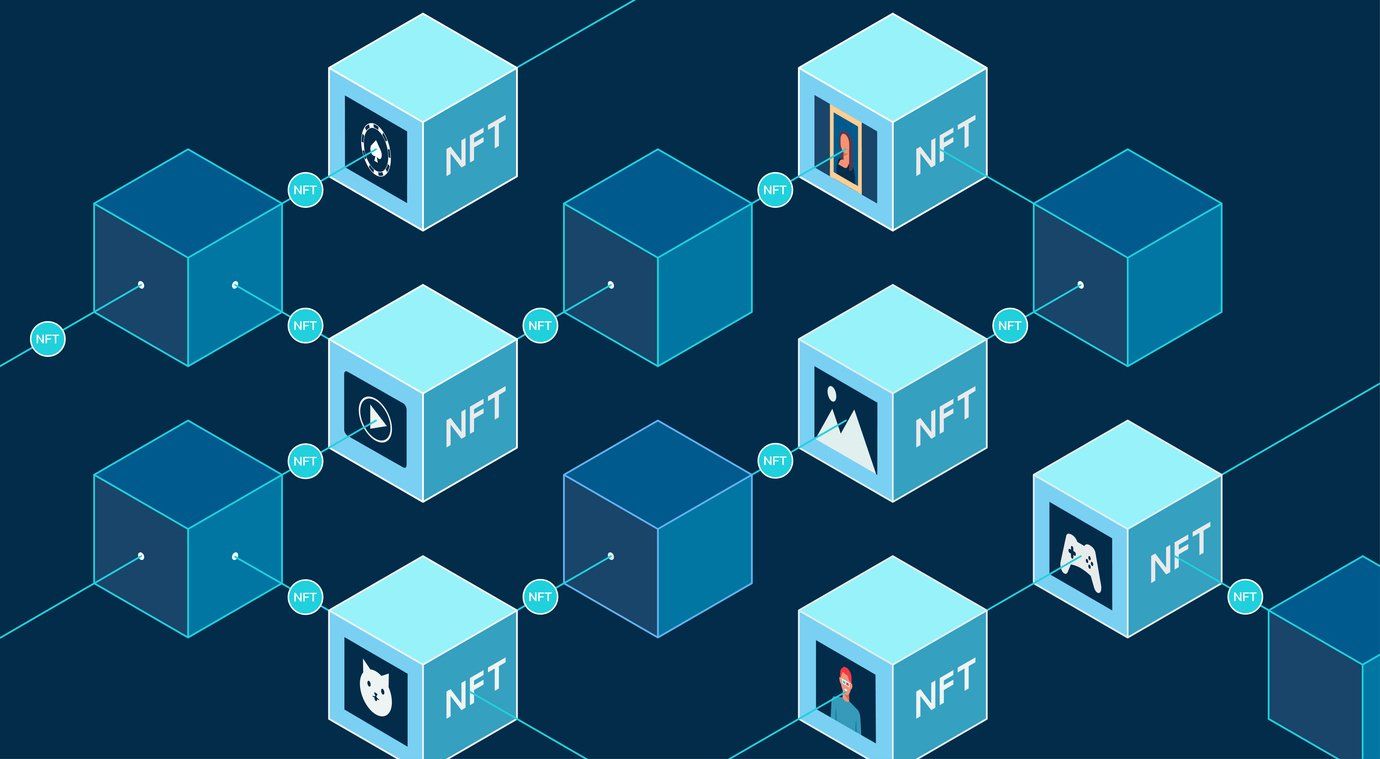
Key Differences Between Web 1.0, Web 2.0 and Web3:
Web 1.0
- Web 1.0 was read-only (i.e. Craigslist)
- Websites uploaded their HTML source code from one central location.
Web 2.0
- Read and upload only. (i.e. Facebook, Myspace, Twitter, YouTube)
- Now internet users can upload their content to social media, sell items on Kijiji and eBay, and everything you could do on the internet pre-dating 2009.
Web 3.0
- Web3 is read, upload, and own. (i.e. owning a NFT on the blockchain)
- Now users can upload content that they OWN onto the blockchain
- Once the NFT is minted on a blockchain, the digital upload now has a digital barcode (This is the ID of the hash code, verifying it on a blockchain.
- Once it is verified on the blockchain and has a digital barcode, it can be sold on exchanges for a set price.
Now That You Know The Difference
Now you understand that you can own the rights to what you upload on the internet. Giving digital property on the blockchain an associated digital value.
This digital asset that you own, is it's own token. A Non-Fungible Token.
Since you can upload digital assets to the blockchain (formally called minting an NFT) that means you can own what other people upload as well. This is the practice of buying and selling NFTs.
Explaining an NFT to a 5th Grader
- An NFT is a digital token, a token of confirmation that you own the digital item
- An NFT is a a digital receipt, the same kind of receipt you get in the grocery store, or in the mall
- For example, this receipt you get at the grocery store, let's just say, has your milk and honey on it
- After you use your milk and honey, it is empty and goes in the garbage
- You never lost ownership of the garbage you throw out
- You actually still pay for the garbage when you're done with it by paying taxes
- This waste, you technically STILL OWN it in the REAL WORLD
- Hence your "carbon footprint".
- Now this is the same as putting a .jpeg image in the recycling bin.
- You still own it on the BLOCKCHAIN.
- What is the value of that empty carton of eggs? Probably squat.
- What is the value of a .jpeg of a monkey thumping a blunt? Millions. (don't say that to the 5th grader)
More Technical NFT Explanation
- First, they provide a way to track and trade digital assets in a secure and transparent way.
- Second, they offer a platform for applications that use blockchain technology to interact with each other.
- Finally, they allow users to create and manage their own digital identities.

Brands Are Adopting NFTs
Brands such as Nike, Adidas, Gucci and more have already taken the first steps into selling virtual wearables as NFTs on the blockchain and in the metaverse.
Imagine your favorite brand uploaded an NFT wearable of their latest hoodie, and created a 100,000 mint supply in circulation.
This creates a supply, and the demand determines the price of the NFT.
Learn more about the key differences between Web1 and Web2 in this article by
firstmonday.org.
NFTs are the future of eCommerce
By offering these key features, NFTs are able to attract a wide range of attention from corporations, users, and developers; which in turn drives innovation and adoption of blockchain technology.
If brands sold items on the blockchain, they have more capabilities to create revenue, and engaging models that keep the customer engaged with their brand using immersive experiences and the metaverse.
Introducing NFTs with Utility
These NFTs that you own, just like the milk and honey, can add sweetness to your life in the form of real world utility.
Some NFT projects allow you to get lifetime subscriptions to your favorite platforms such as: Netflix, Disney Plus, and more!
Other NFT projects offer real-world utility in the form of concert tickets, exclusive access to events, sports events, conferences, discounts in their favorite stores, and more!
Why do NFTs offer utility?
The primary reason Utility NFTs are so popular is because if your NFT does not offer relevant utility... you better be a damn good artist.
Utility NFTs provide the owner of the NFT with their own set of owner privileges.
Utility NFTs consist of these key factors:
- Privileges
- Rights in the community or ecosystem
- Rewards otherwise not accessed
- Exclusivity amongst peers
For more information about Utility NFTs, check out this article by
decrypt.co.
NFTs Explained Further
Now that you understand what an Non-Fungible Token really is, here are some examples of NFT use cases in the physical world and in the metaverse.

NFTs as Virtual Wearables
NFT wearables are digital items that you can own on the blockchain and wear on your avatar in the metaverse. In addition to Utility-Backed NFTs, various virtual wearable projects offer to ship you the physical version of the virtual wearable to your physical location.
You can buy virtual wearables directly from the artist or business, or from NFT marketplaces such as NFT GO or OpenSea. You can even create your own virtual wearables using NFT blockchain technology.
You can sell virtual wearable NFTs to other buyers for your set price, or you can choose to give them away as gifts for the holidays! Virtual wearables can also be traded for other virtual items, such as digital currency or other NFTs.
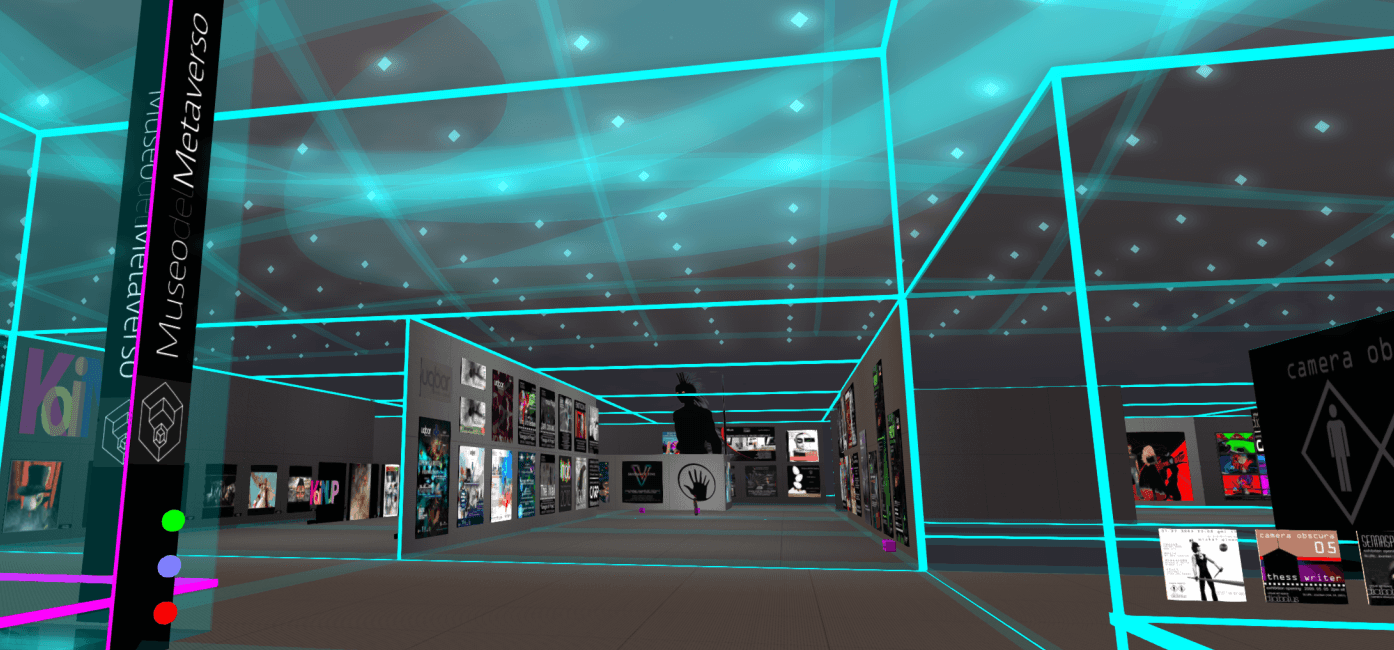
NFTs as Real Estate
You may not have realized it, but there's a new kind of real estate that's been growing in popularity in recent years: virtual real estate. Just as there is a market for physical real estate, there is also a market for virtual properties - and you can invest in both!
What is Virtual Real Estate?
So, what exactly is virtual real estate? Virtual real estate refers to any property that exists within a digital environment, such as a video game, social media platform, or virtual world.
These properties can be bought, sold, and leased just like any other kind of real estate - and they can be quite valuable.
Investing in Virtual Real Estate
One of the most popular places to invest in virtual real estate is the metaverse - a shared, digital world that people can explore and interact with.
As the metaverse continues to grow, the value of virtual properties is likely to increase. If you're interested in investing in virtual real estate, there are a number of ways to do so.
For more information about investing in the metaverse, you can read our blog here.
Doing Business in your Virtual Real Estate
The metaverse is still in its early stages of development, but it is already home to a number of businesses and organizations.
You can buy virtual property outright, lease it to others, or even develop your own properties within the metaverse. Whatever route you choose, make sure you contact an expert first.
In conclusion,
The potential uses for NFTs are vast and varied. We have only scratched the surface of what is possible with this technology. In order to truly unlock the power of NFTs, we need more developers to start building on top of these platforms.
If you are a developer, or if you know someone who is a developer, please encourage them to check out our website and get involved. We also need people who are passionate about this technology to help us spread the word.
Please consider subscribing to our email newsletter so that you can stay up-to-date on all the latest news in the metaverse. Thank you for reading!










